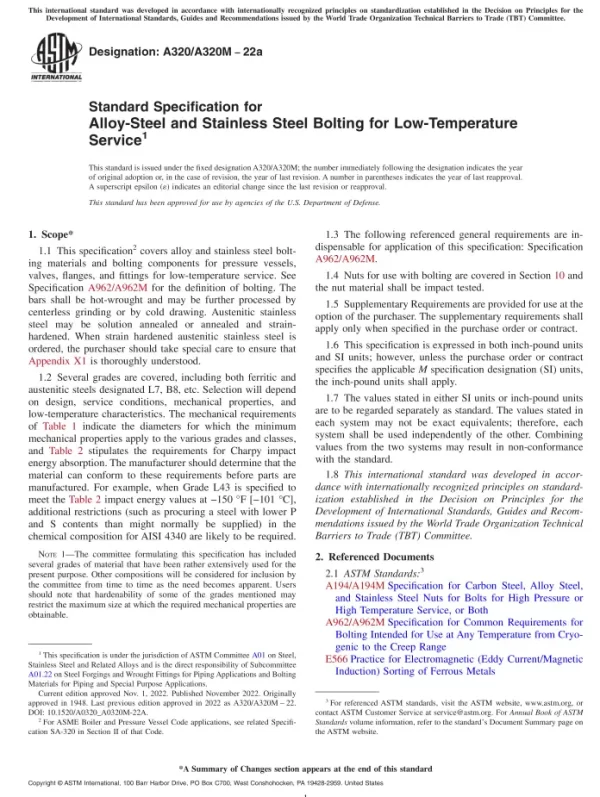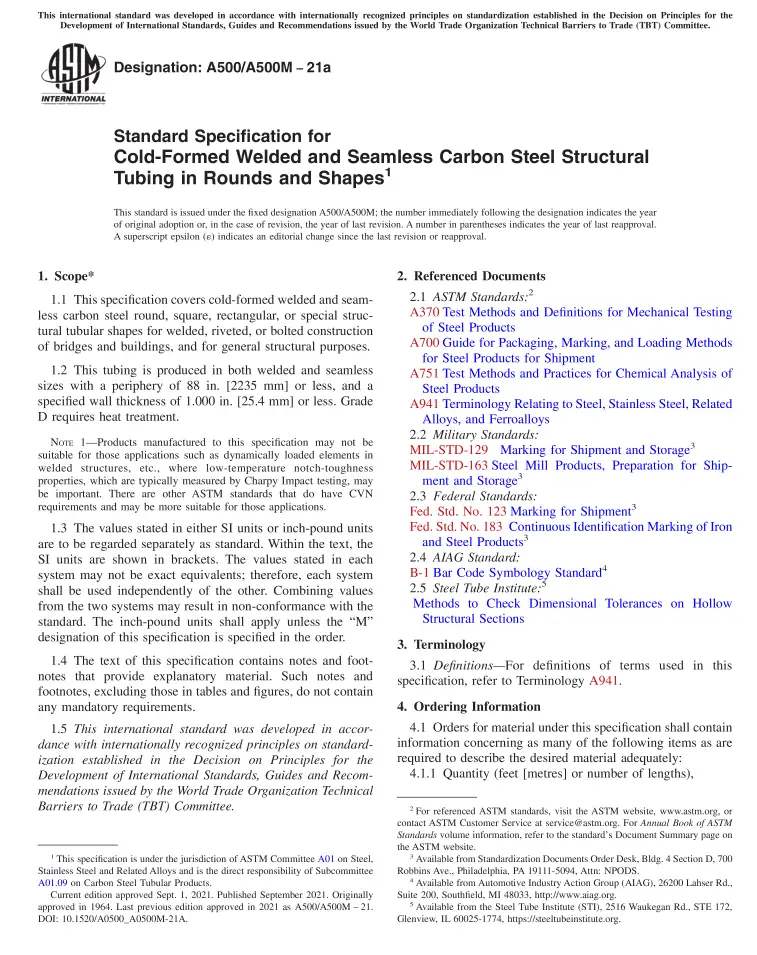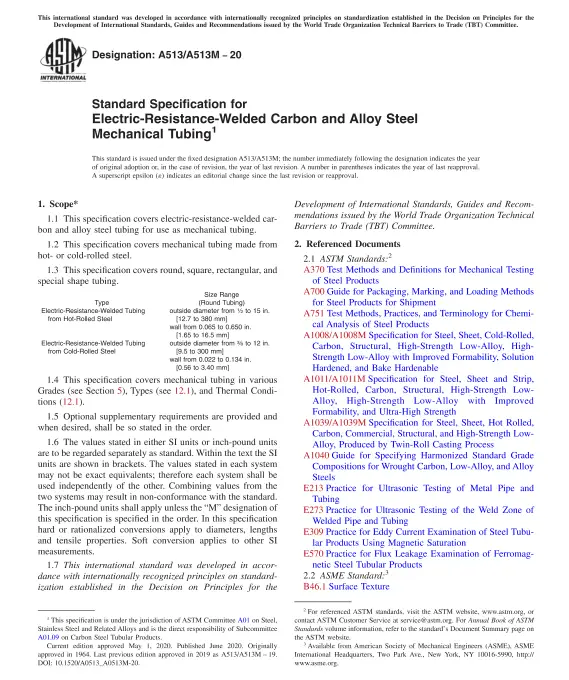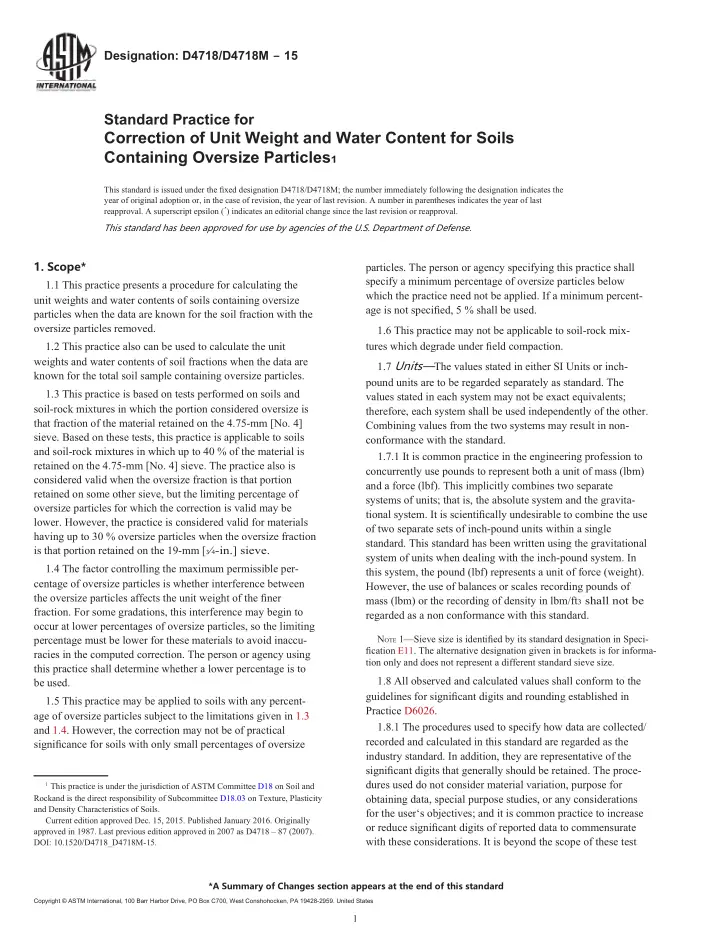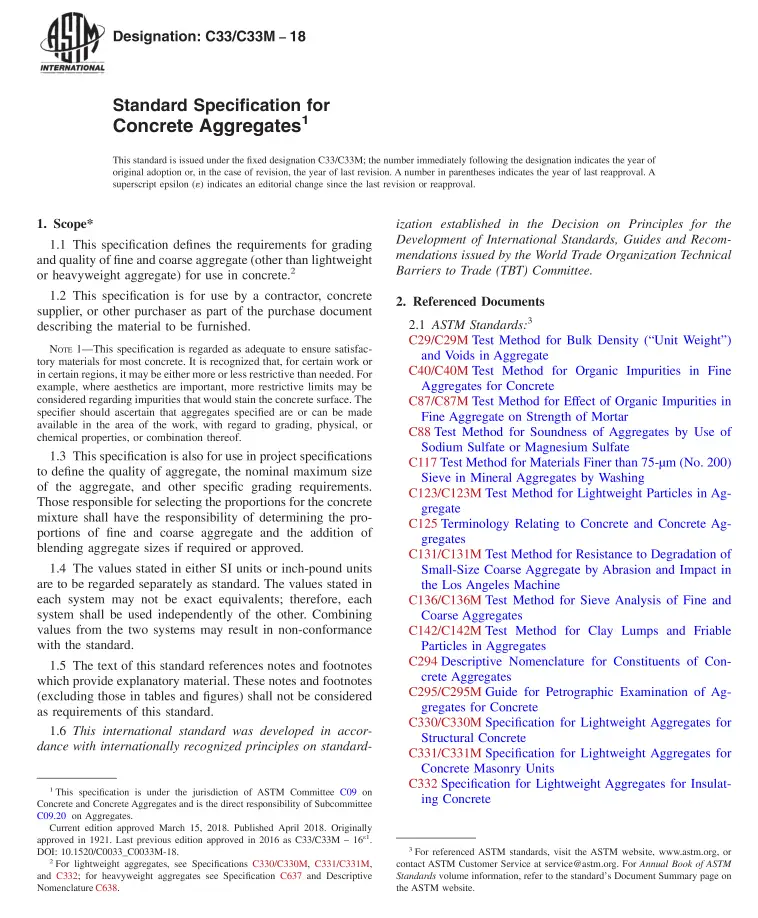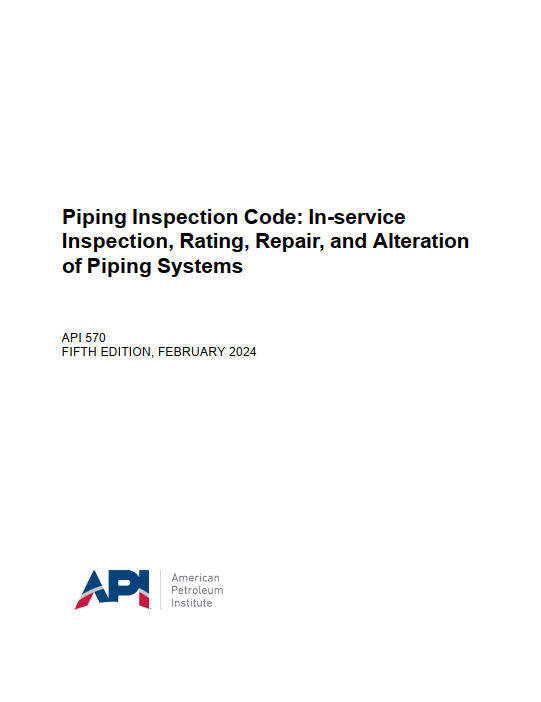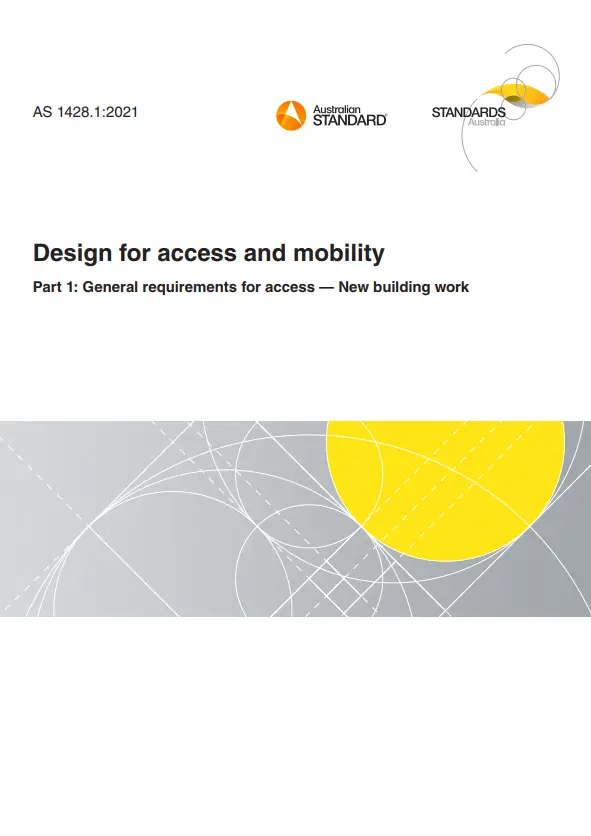ASTM A320/A320M, Revision 22A – Alloy-Steel and Stainless Steel Bolting for Low-Temperature Service
ASTM A320 covers alloy and stainless steel bolting materials and bolting components for pressure vessels, valves, flanges, and fittings for low-temperature service. See Specification ASTM A962/A962M for the definition of bolting. The bars shall be hot-wrought and may be further processed by centerless grinding or by cold drawing. Austenitic stainless steel may be solution annealed or annealed and strain-hardened. When strain hardened austenitic stainless steel is ordered, the purchaser should take special care to ensure that Appendix X1 is thoroughly understood.
Several grades are covered, including both ferritic and austenitic steels designated L7, B8, etc. Selection will depend on design, service conditions, mechanical properties, and low-temperature characteristics. The mechanical requirements of Table 1 indicate the diameters for which the minimum mechanical properties apply to the various grades and classes, and Table 2 stipulates the requirements for Charpy impact energy absorption. The manufacturer should determine that the material can conform to these requirements before parts are manufactured. For example, when Grade L43 is specified to meet the Table 2 impact energy values at −150 °F [−101 °C], additional restrictions (such as procuring a steel with lower P and S contents than might normally be supplied) in the chemical composition for AISI 4340 are likely to be required.
NOTE 1—The committee formulating this specification has included several grades of material that have been rather extensively used for the present purpose. Other compositions will be considered for inclusion by the committee from time to time as the need becomes apparent. Users should note that hardenability of some of the grades mentioned may restrict the maximum size at which the required mechanical properties are obtainable.
The following referenced general requirements are indispensable for application of this specification: Specification A962/A962M.
Nuts for use with bolting are covered in Section 10 and the nut material shall be impact tested.
Supplementary Requirements are provided for use at the option of the purchaser. The supplementary requirements shall apply only when specified in the purchase order or contract.
This specification is expressed in both inch-pound units and SI units; however, unless the purchase order or contract specifies the applicable M specification designation (SI) units, the inch-pound units shall apply.
The values stated in either SI units or inch-pound units are to be regarded separately as standard. The values stated in each system may not be exact equivalents; therefore, each system shall be used independently of the other. Combining values from the two systems may result in non-conformance with the standard.
This international standard was developed in accordance with internationally recognized principles on standardization established in the Decision on Principles for the Development of International Standards, Guides and Recommendations issued by the World Trade Organization Technical Barriers to Trade (TBT) Committee.
2 For ASME Boiler and Pressure Vessel Code applications, see related Specification SA-320 in Section II of that Code.
General Product Information:
| Revision | Revision 22A |
| Document Type | |
| Document Language | English |
| Pages | 8 |
| Publisher | ASTM International (ASTM) |
| Status | Current |

